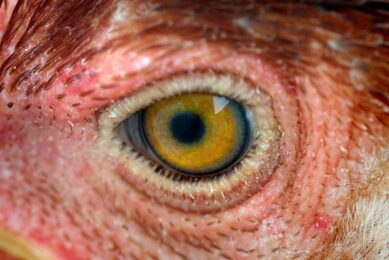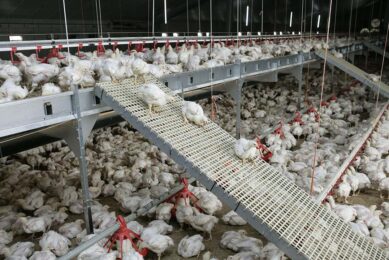Computer grid fights avian flu
As part of an international collaboration, computers at eleven UK universities and research labs have put in one hundred thousand hours of time in April searching for possible drug components against the avian flu virus H5N1. The analysis used a computing Grid, a new network that brings together worldwide computer resources to solve scientific problems.
The computing Grid used in the UK was originally built to help particle physicists examine the huge amounts of data from their experiments. But it is now part of a wider project called EGEE (Enabling Grids for E-sciencE), that lets other scientists share its resources.
“The Grid is useful for any kind of research that needs lots of computing power. In this case it’s greatly speeded up a step in the search for drugs against avian flu, and we’ve been pleased to use the UK particle physics Grid to help,” said Professor Tony Doyle, Project Leader for the UK particle physics Grid.
A collaboration of Asian and European laboratories used an international Grid to analyse 300,000 possible drug components against the virus. 2000 computers were used during 4 weeks in April – the equivalent of 100 years on a single computer. More than 60,000 output files with a data volume of 600 Gigabytes were created. Potential drug compounds against avian flu are now being identified and ranked according to the binding energies of the docked models.
The goal was to find potential compounds that can inhibit the activities of an enzyme on the surface of the influenza virus, the so-called neuraminidase, subtype N1.
One of the targets of existing drugs today on the market is viral neuraminidase, an enzyme that helps the virus to proliferate and infect more cells. As this protein is known to evolve into variants if it comes under drug stress, drug resistance becomes a potential concern in case of an influenza pandemic.
The challenge of the drug discovery application is to identify those molecules which can dock on the active sites of the virus in order to inhibit its action. To study the impact of small scale mutations on drug resistance, a large set of compounds was screened against the same neuraminidase target but with various, slightly different structures.
With the results from the computer screening, researchers can predict which compounds and chemical fragments are most effective for blocking the active neuraminidases in case of mutations.
Join 31,000+ subscribers
Subscribe to our newsletter to stay updated about all the need-to-know content in the poultry sector, three times a week. Beheer
Beheer








 WP Admin
WP Admin  Bewerk bericht
Bewerk bericht